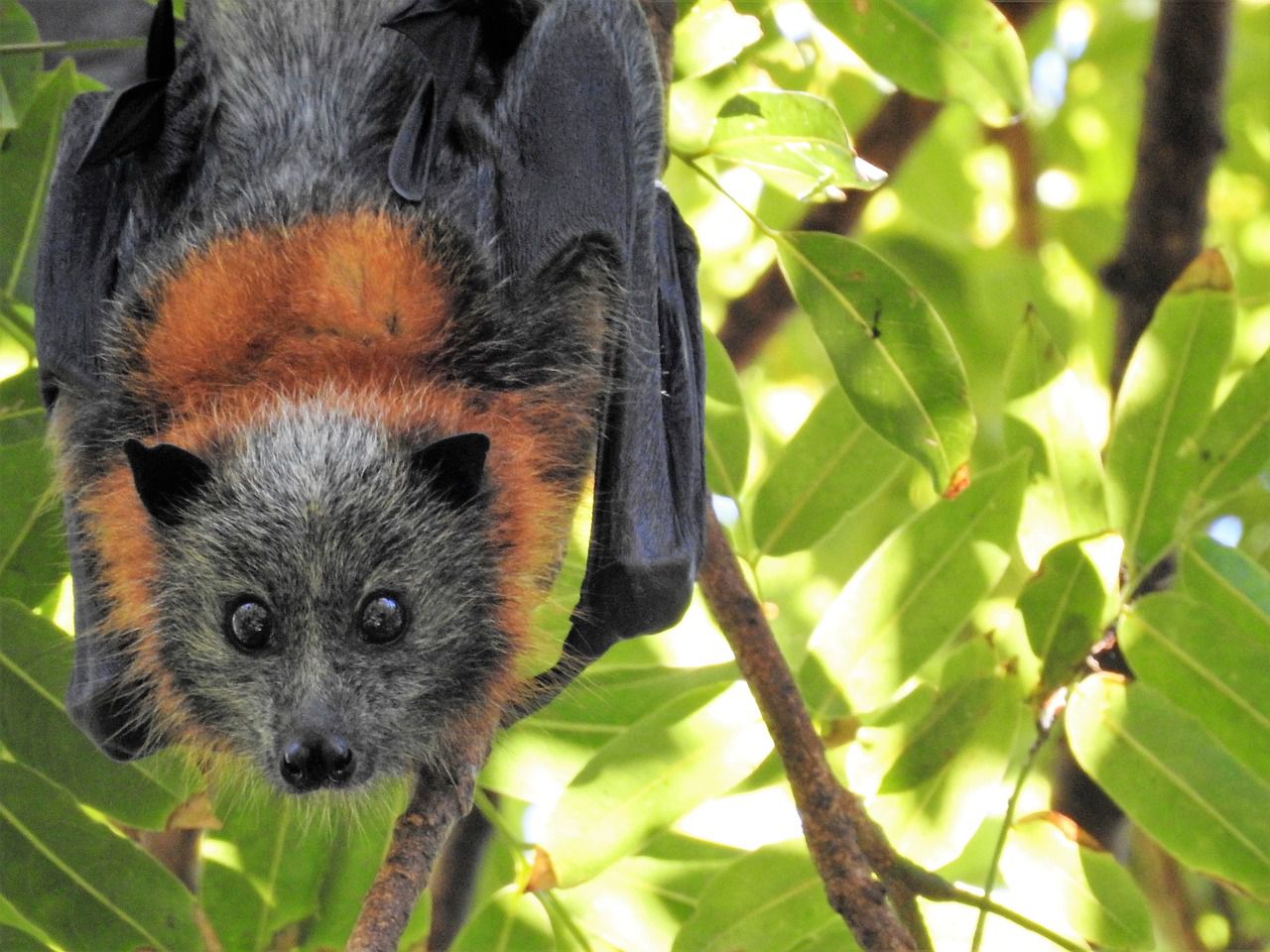Flying foxes and bats are both types of mammals belonging to the order Chiroptera, but they have some notable differences.
Therefore, even people who are afraid of bats shouldn't really be afraid of flying foxes.
Let's find out more.

Size
Flying foxes are larger than most other bat species.
They can have wingspans of up to 5 or 6 feet (1.5 to 1.8 meters), making them some of the largest bats in the world.
In contrast, typical bats have much smaller wingspans.
Diet
Flying foxes are primarily frugivorous, meaning they primarily feed on fruits and nectar.
They use their excellent sense of smell to locate ripe fruits, flowers, and nectar sources.
Some bats, on the other hand, are insectivorous, consuming insects like mosquitoes, moths, and beetles.
There are also bats that eat fish, blood (vampire bats), and other small vertebrates.
Appearance
Flying foxes have distinctive fox-like faces with large eyes and dog-like noses, which differentiate them from other bat species.
They often have furry bodies and long, dog-like snouts.
Many other bats have a more typical bat-like appearance, with elongated fingers supporting their wing membranes.
Social behavior
Flying foxes are highly social animals and often roost in large colonies consisting of thousands of individuals.
They communicate with each other through vocalizations and rely on a strong sense of smell to recognize each other.
Other bat species can be social, but many are solitary or form smaller colonies.












